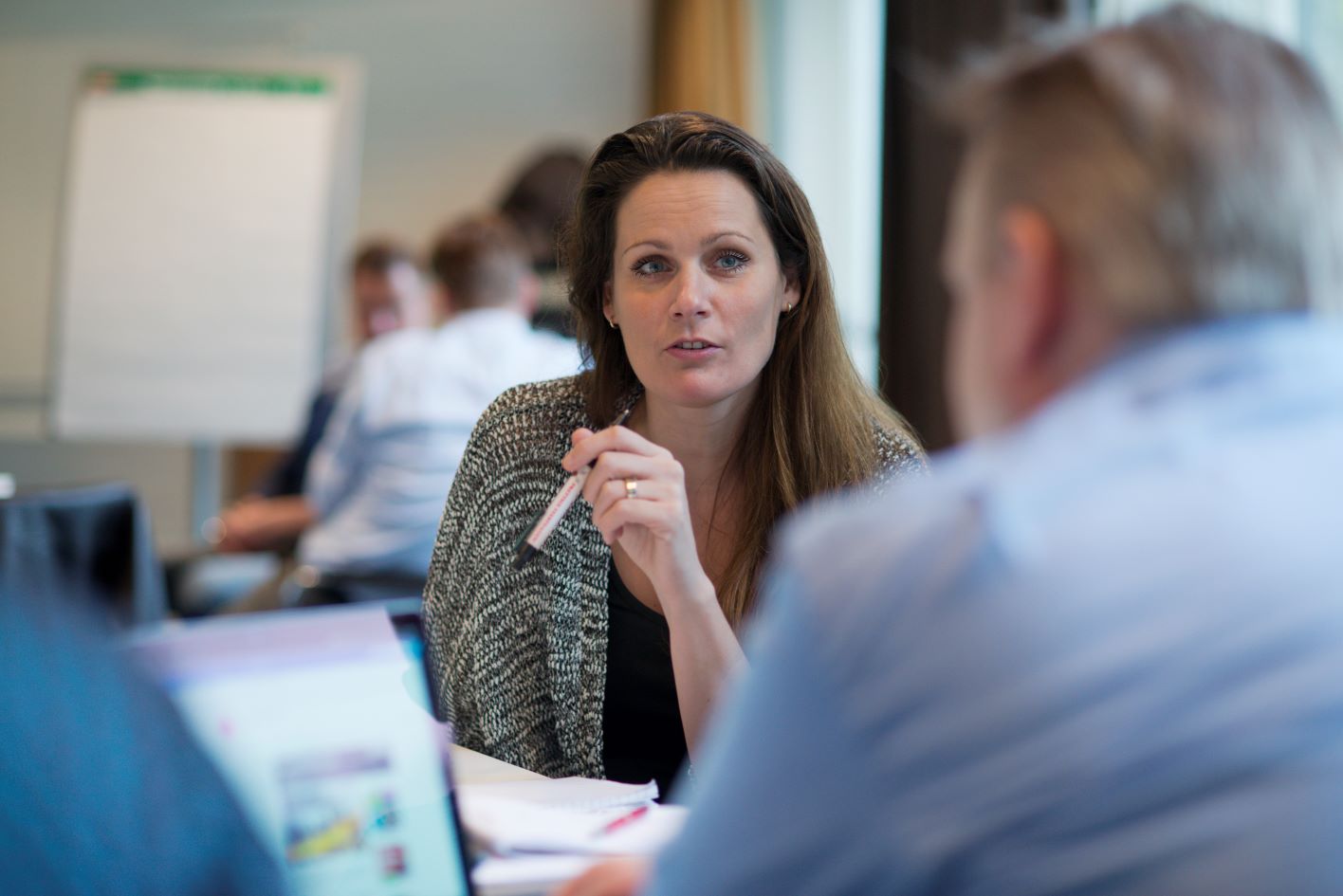There are five ways in which a supervisory director or supervisory authority can ensure that directors make better-informed decisions and rely less on their gut feeling. This is according to the research of Joep Steffes, who will receive his doctorate today from Nyenrode Business University. He developed a model that offers a practical solution to a common problem: “more than half of all strategic decisions made by directors turn out to be wrong,” Steffes says.
Incorrect decisions with impact
More than two-thirds of large projects fail due to incorrect decisions (source: Standish Group). Recent examples include the Noord-Zuid metro line in Amsterdam and the problems with benefit payments from the Dutch Tax and Customs Administration. But wrong choices also cost a great deal of time and money when it comes to product development. Steffes’ research shows that over 30,000 products are launched each year, but 80% of them fail.
Incorrect strategic decisions occur in all sectors. In each case, complex decisions must be made under time constraints, with various (sometimes conflicting) interests at play. This could involve, for instance, deciding whether or not to enter a new market, pursuing a merger or considering interests like employment and the environment. In short: decisions with impact. “And that is a shame,” Steffes says, “since a carefully thought-out decision can save a lot of time, money and manpower.” Steffes’ model helps supervisory directors and supervisory authorities to be more actively and closely involved in the decision-making process, in turn enabling directors to make more rational choices.
An important task
Steffes explains his research: “Such decisions require more than automatic actions, speed and intuition. After all, these things don’t always lead to the best outcome. This was evident in cases like the banking crisis, the demise of Kodak and the downfall of Nokia as market leader in the mobile phone sector. Still, time constraints, group dynamics, incomplete information and excessive optimism often cause directors to make decisions that are not sufficiently based on reason, which takes more time and effort. Because people (are therefore also directors) are not naturally inclined to correct themselves, this is an important task for the supervisory authority or supervisory director.”
Five steps
Depending on the role of the Supervisory Board (employer, advisor, monitor or supervisory authority), Steffes’ strategy consists of five steps that should be taken in the following order. The first step is to look at directors’ motivation. In the employer role, this could mean selecting directors based on intrinsic motivation. In the next step, it is important to strengthen directors’ thinking skills so that they can look at the matter from a different angle and not only focus on shareholder value, for example.
If the first two steps don’t work, the next step entails making agreements regarding the way in which decisions are made through rules and governance structures. This is followed by monitoring, which in the advisory role would involve creating scenarios. Finally, the last step is to change the context in order to look at a decision in a different way. This can lead to a different choice. Steffes gives an example: “Do you examine an issue relating to top-level salaries from an international or social perspective, for instance? That will determine your decision.”
“Old boys network” disappearing
For his research, Steffes studied the role of the Supervisory Boards at DSB Bank, Eriks, Meavita and the ROC in Leiden. At the latter, an underestimated housing project and a passive Supervisory Board role nearly led to bankruptcy. “While the position of supervisory director used to be an honorary job that was passed on to you from the ‘old boys network’, now you need to have real knowledge and expertise to perform this role. You have to fully understand how the decision-making process works. If you are more responsive to the behavior of directors in this capacity, it leads to better decisions,” Steffes says. “In addition to being of value to the shareholders and the organization, these decisions can also bring social benefits.”
Tags
Related programs
-
Change Management and Organizational Development
Start date: September 18, 2025Language:- English
Location:- Breukelen
The module Change Management and Organizational Development is part of the Modular Executive MBA Business & IT and focuses on managing in a changing organization.
View program
-
Change Management and Organizational Development
Start date: Start Autumn, 2025Language:- Dutch
Location:- Breukelen
This module is only given in Dutch. Please visit our Dutch site.
View program

a.jpg?sfvrsn=6caacb14_2)